SORGAN®
wearable technology, design fiction
Technology: Internet of Things, ml5.js, p5.js
Redefining social balance and wellbeing in the digital age with a new human social organ,
a speculative technological headwear and government health promotion.
SORGAN® is a speculative wearable that tracks social interactions 20 yrs into the pandemic, a design fiction based on a government wellbeing promotion for a “paradise state” of social balance.
Sorgan, short for “social organ,” is a created term for the speculative headwear promoted by the government to help people keep their social wellbeing ballanced, by tracking human interactions and displaying as a self-adjusting tool. Social organ has been a metaphor for human brains, as brains help us process social information. With new technologies now more involved, I propose there be an assistive/replacing human organ, sorgan, which specifically handles the increasingly complicated social data. The setting in 20yrs after COVID-19 is to indicate the pandemic’s “contribution” to many innovations of social technologies, as well as to attribute to the increasing number of mental health issues due to social isolation.
The project extends from the structure of balance theory with the growing presence of virtual worlds, to question how the metaphorical balance of social weight is defined, measured, and visualized. By asking the wearers to reflect on what a standard for social wellbeing might be, people start to design their own ways to maintain balance while facing imbalanced scenarios.
Keywords: wearable technology, social organ, social balance, social weight, social wellbeing, social interaction, speculative headwear
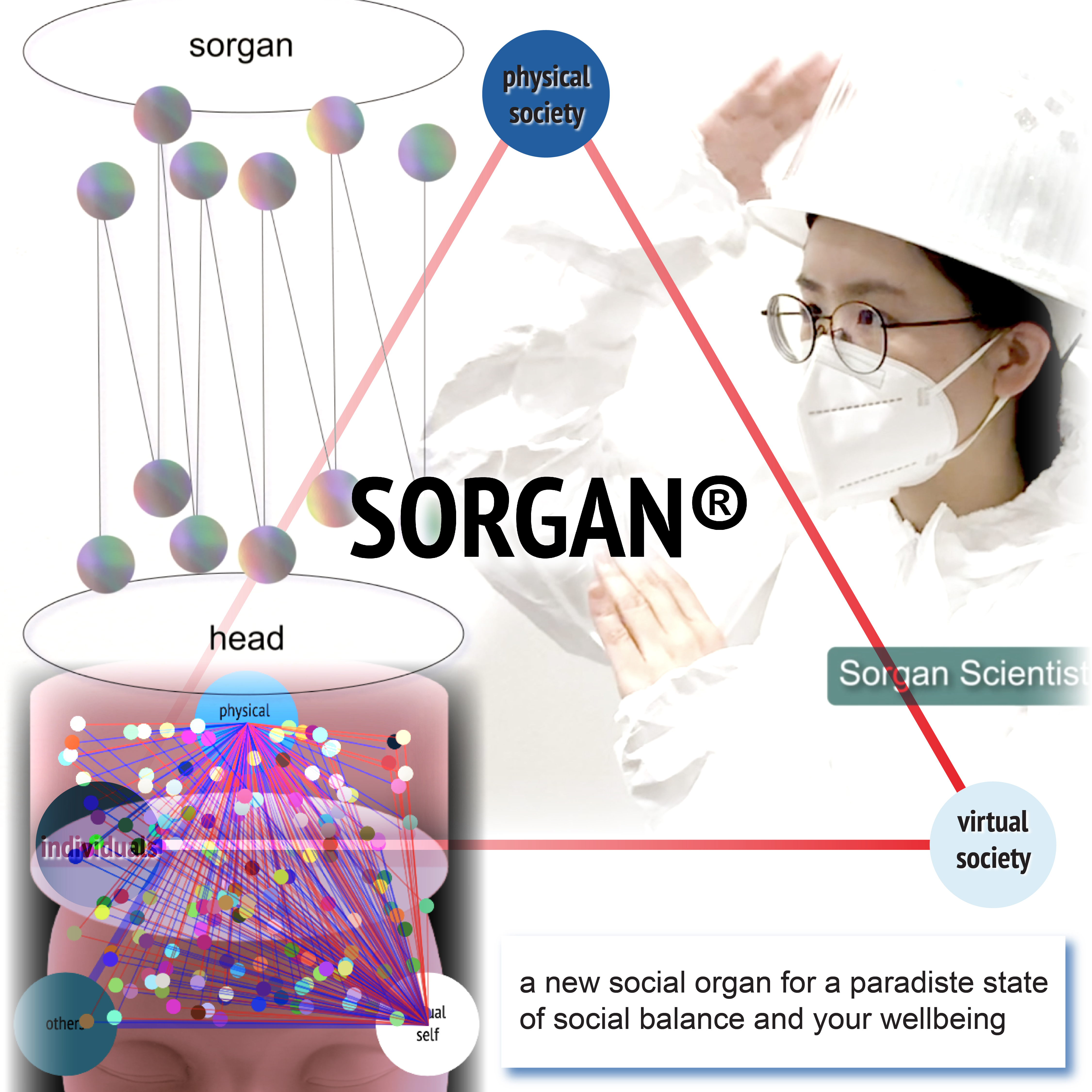
Is there a standard for social wellbeing?
Is there a way to design a standard for social wellbeing?
Is it possible for the government to design a standard for social wellbeing?
As more and more living functions are moving into the virtual realms, restoring “social balance” no longer means simply cutting the time using digital devices. human beings as organs of a larger social organism
SORGAN® promotes that an individual’s social balance lies in keeping an “overall positive” relationship structure between “the physical self,” “the virtual self,” and other individuals. And as each and every individual keeps socially balanced, the society as a larger social organism reaches a “paradise state of social balance” between “the physical world,” “the virtual world,” and all SORGAN® wearers.






However, it seems that the wearers experience imbalances and conflicts with the balance structure, while trying to pretend/act towards a balanced state.


The project comes with a headwear, government promotional videos and booklets, and a Sorgan-condition phone interface.
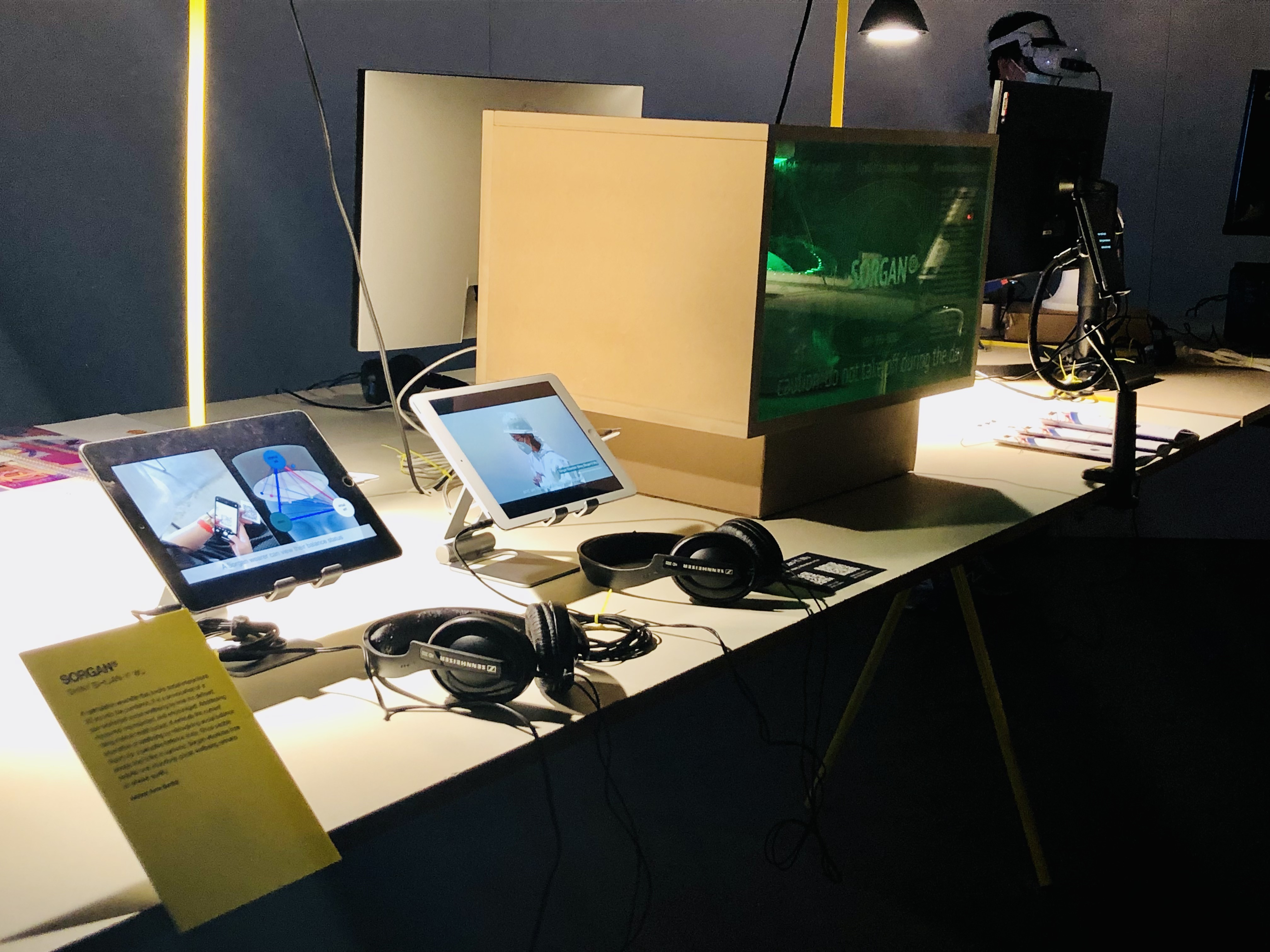
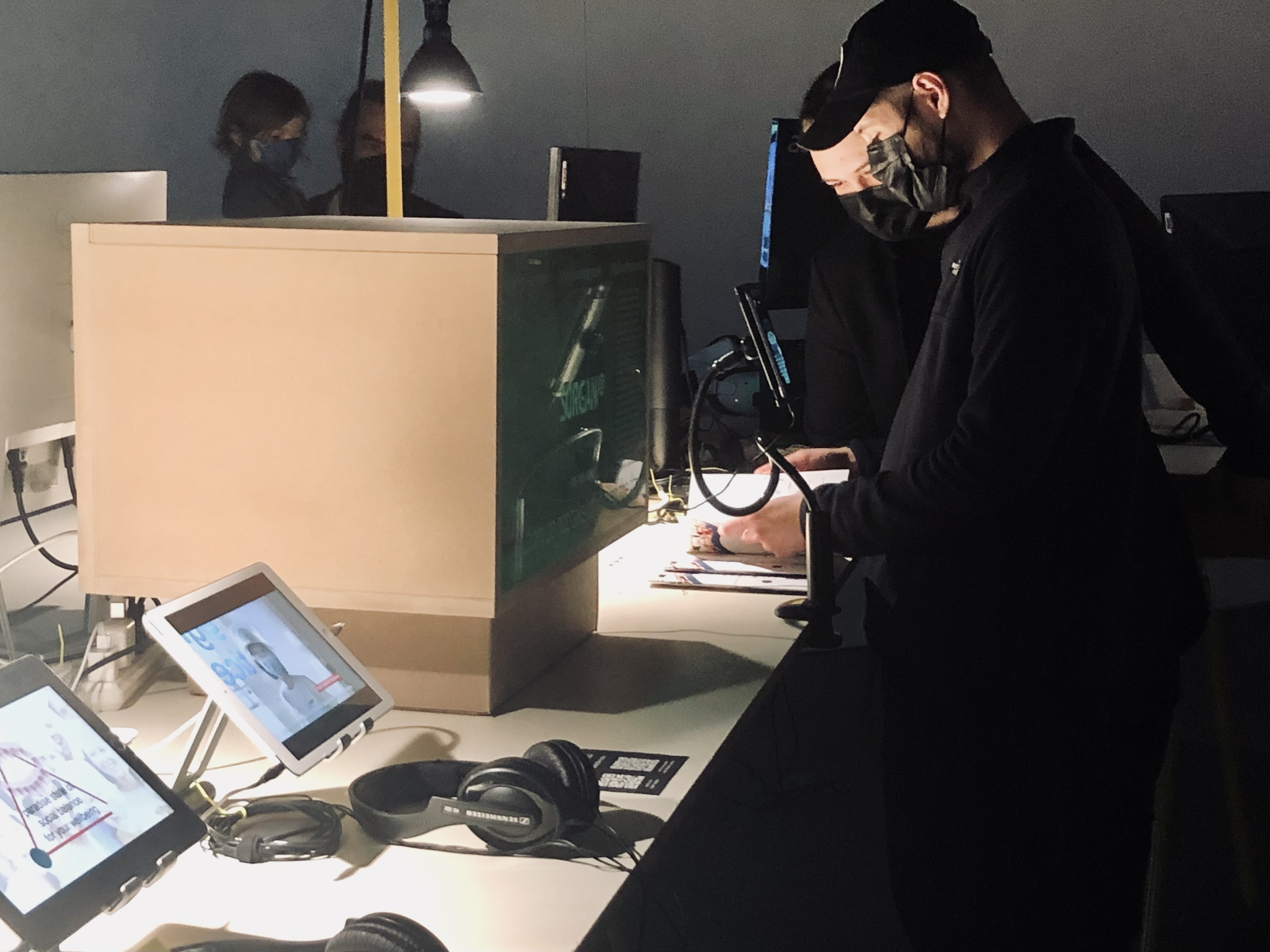
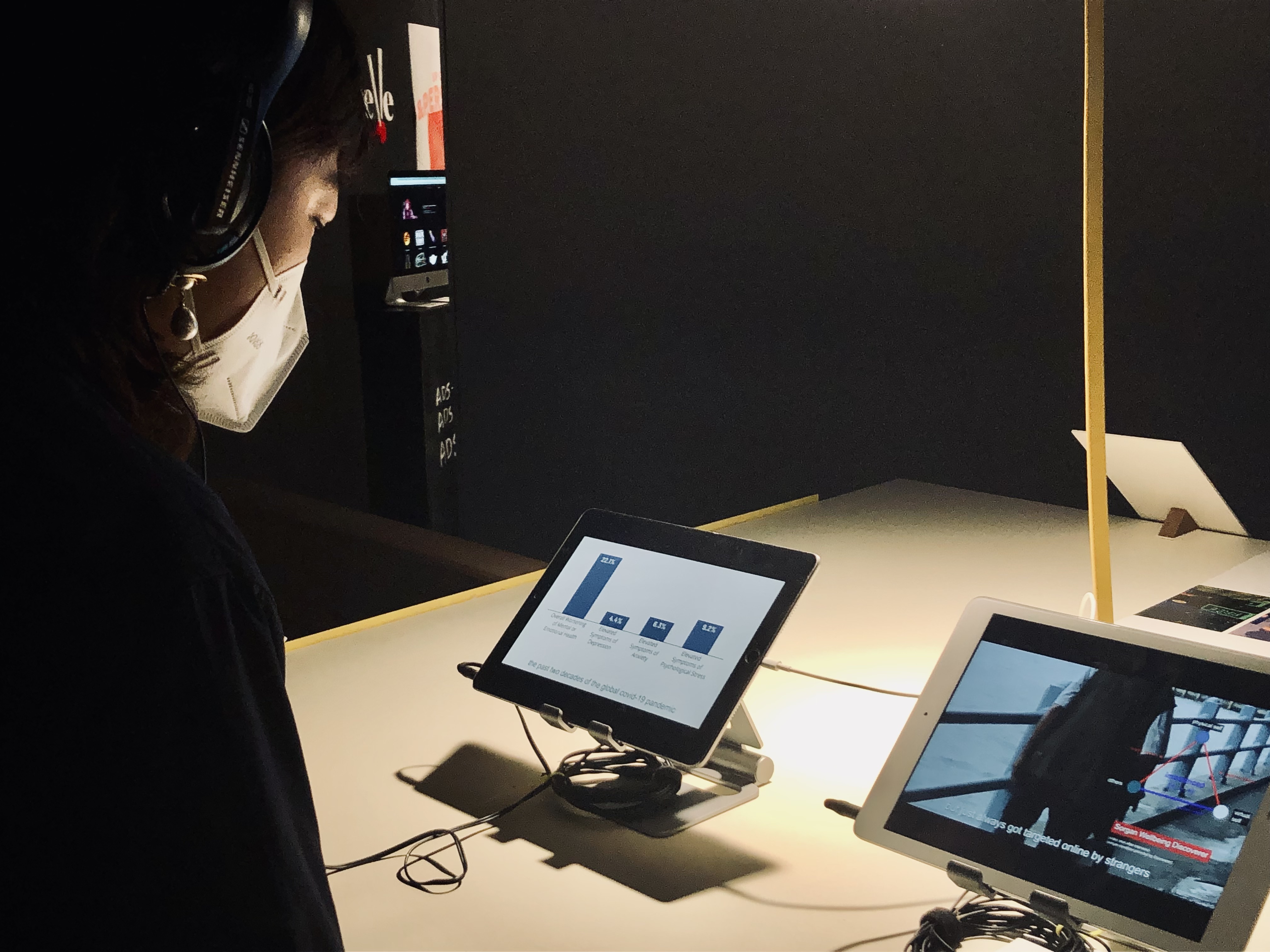
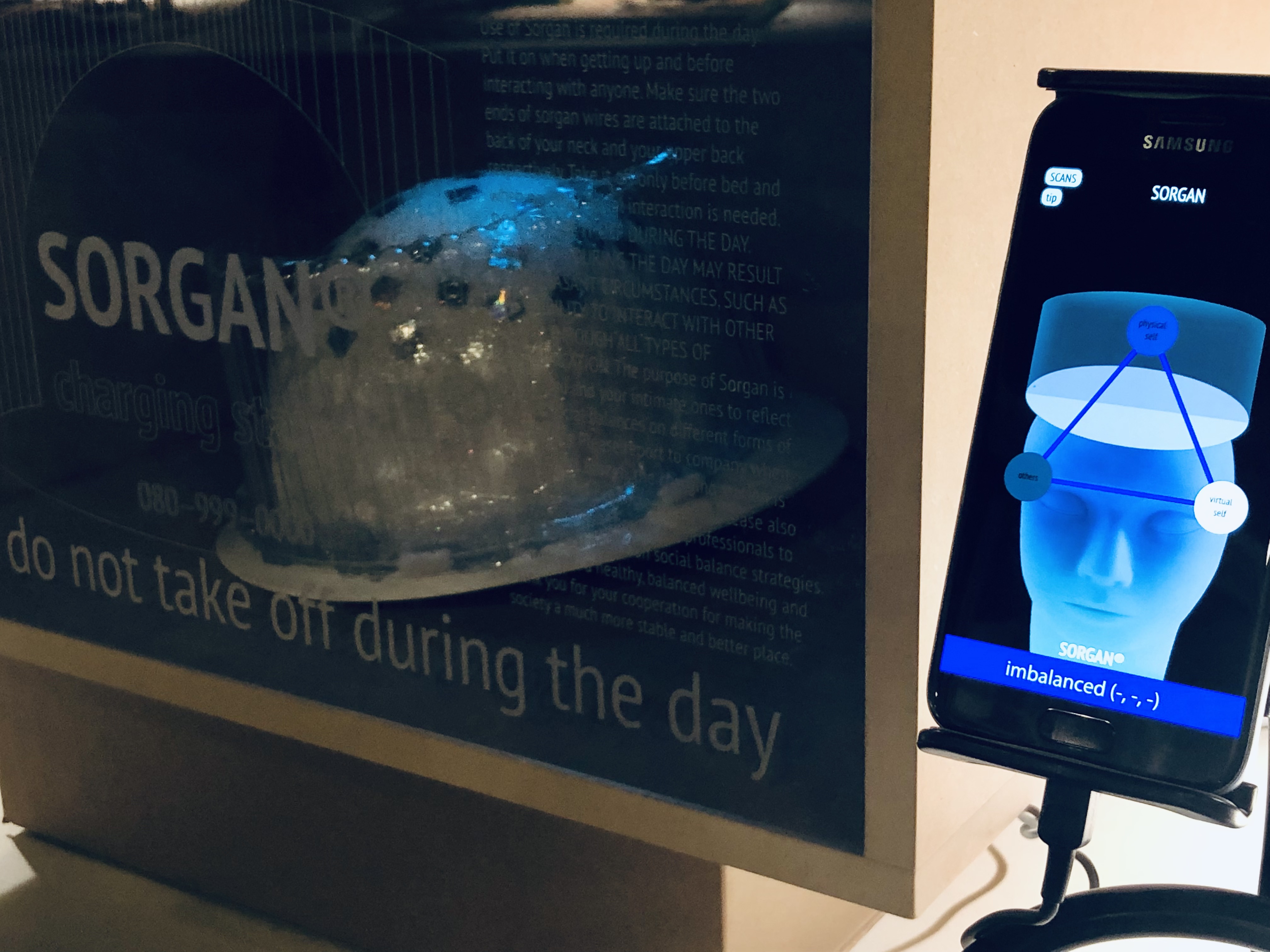
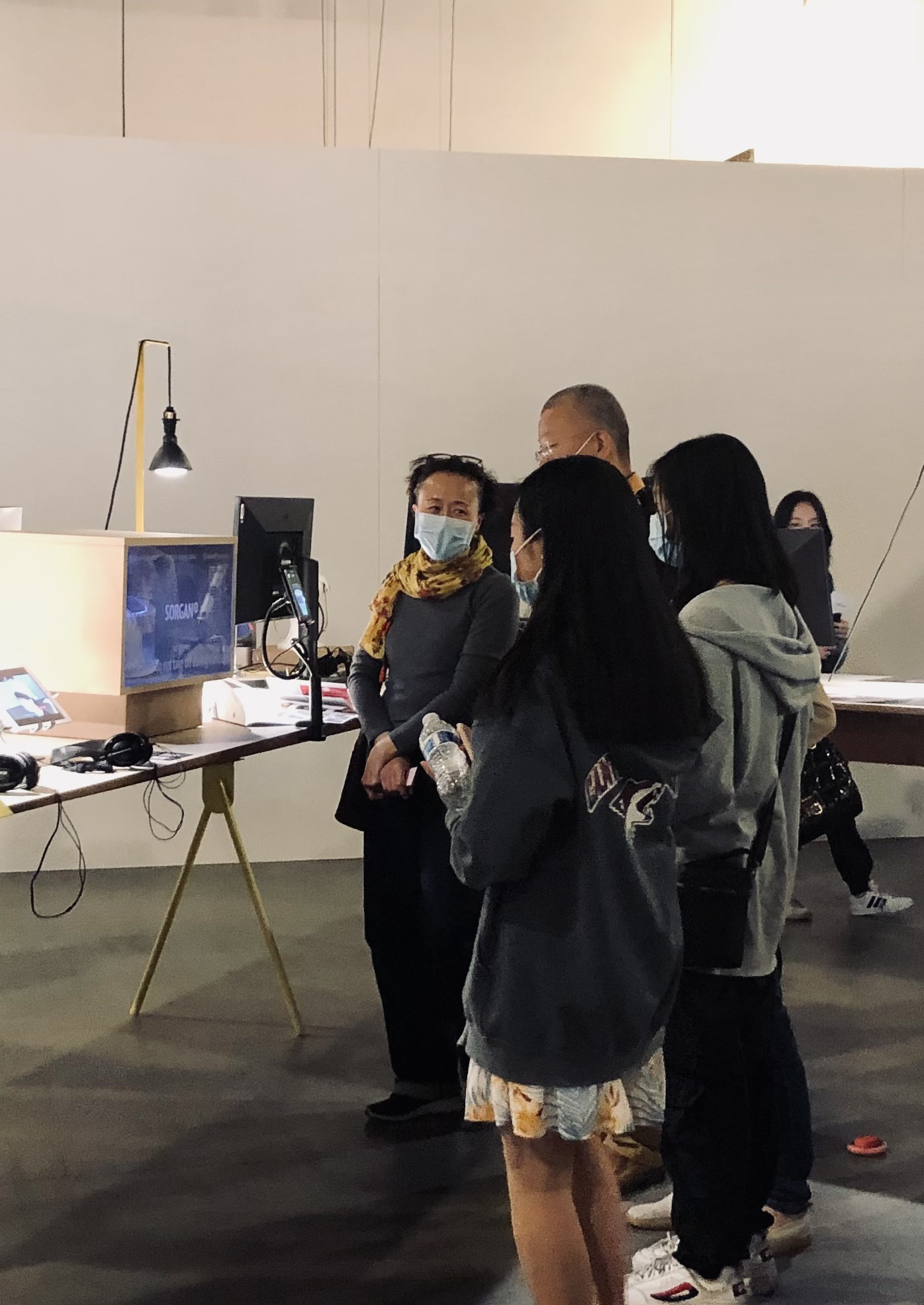
Iterations of Design Experiments
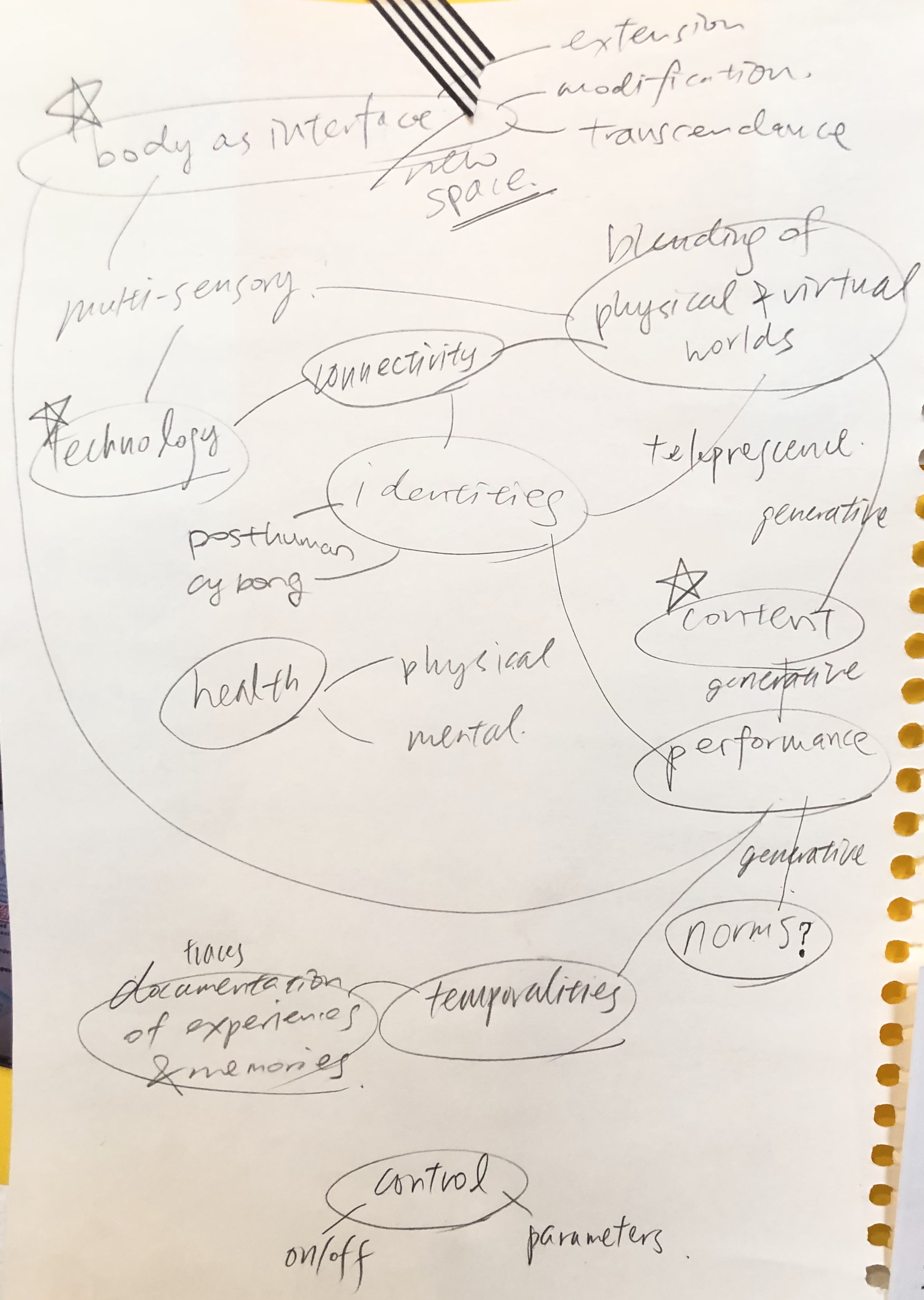
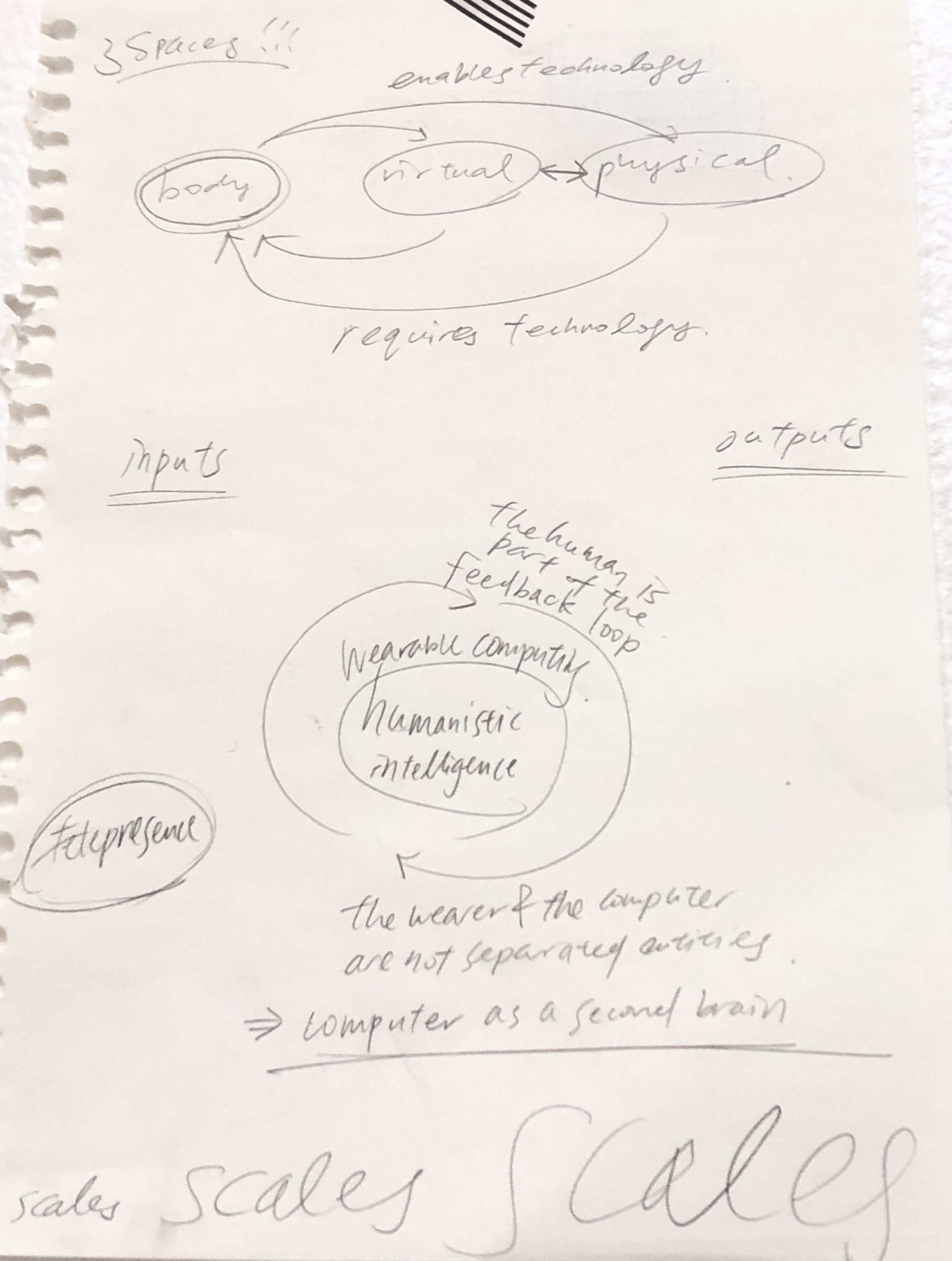
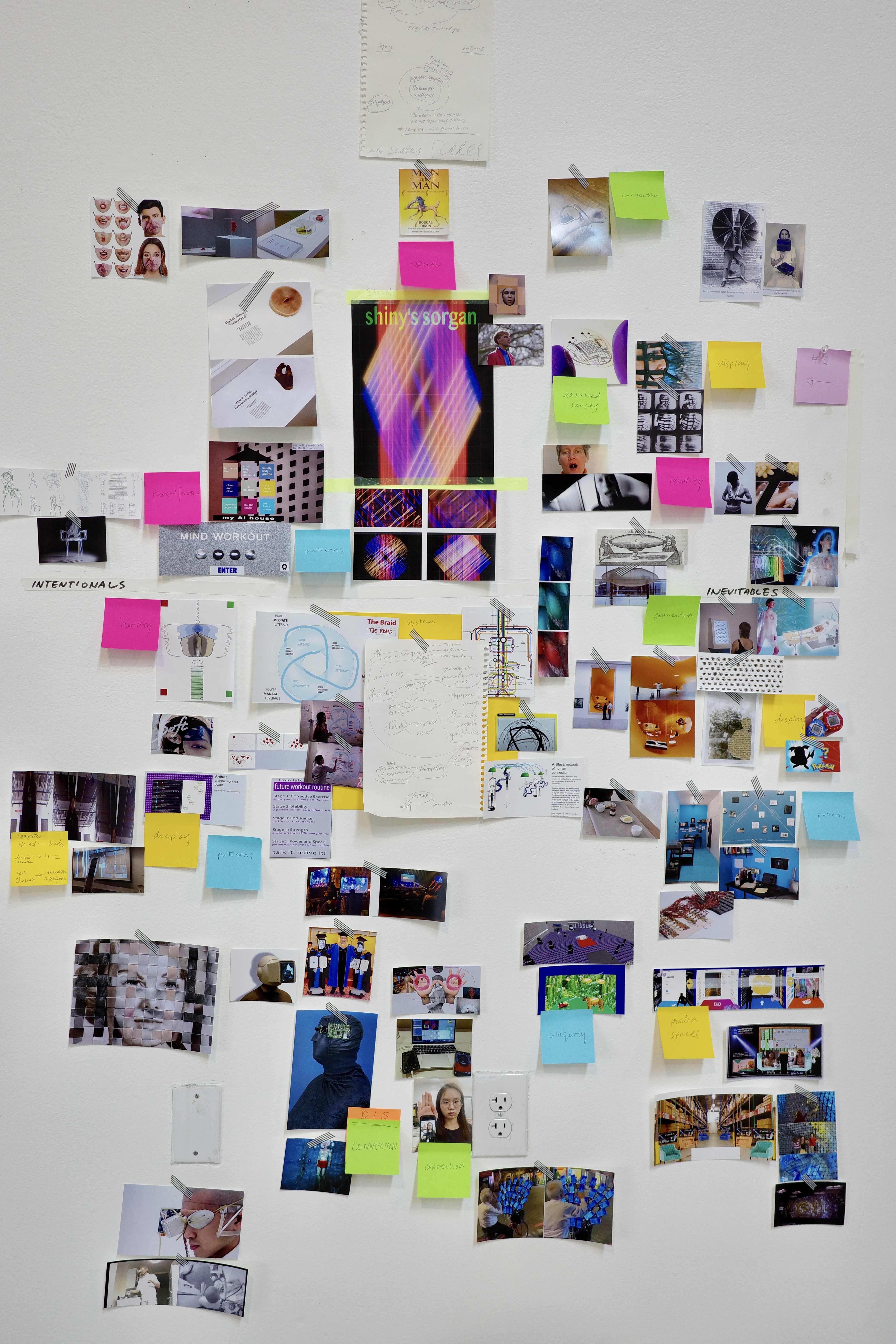
organisms,
spatial sensemaking,
digital interactivity,
and system connections
The project started as an inquiry of the increasingly overwhelming digital communications, and was speculating a new human organ (specifically dealing with these digital-social interactions) to interrogate that.
The ways human communicate with each other have always been evolving, thus changing the perceptions of effective social interactions and relationships. With growing technologies like digital avatars in the metaverse, intelligent robots, VR/AR and so on,
How do we translate between everyday physical and digital interactions/communications?
Would humans develop a new organ vital to a socially functioning human body in the new era of mixed realities?Experiments: Digital Device as Organ
Before digital devices, we store our social contacts and interactions on paper, or as memories in our own brains. As digital devices arise, they help us connect to others and at the same time change the ways our relationships are collected, stored and displayed.
One could almost say that these digital devices like smartphones have become our organs, too, considering that nowadays many can’t leave their phones aside even for minutes. The differences are that these “organs” are attached (to us) when needed, and have programmed controls instead of automated bodily processes.
What if in the future these “organs” become so important that they integrate into our bodies, processing digital transmissions as our daily needs just like eating and sleeping?
One of the first experiments was to imagine a smartphone as the new “organ,” by adapting its motion controls into an everyday physical gesture, alongside a “health report” that displays the “social levels” this “organ” processes.



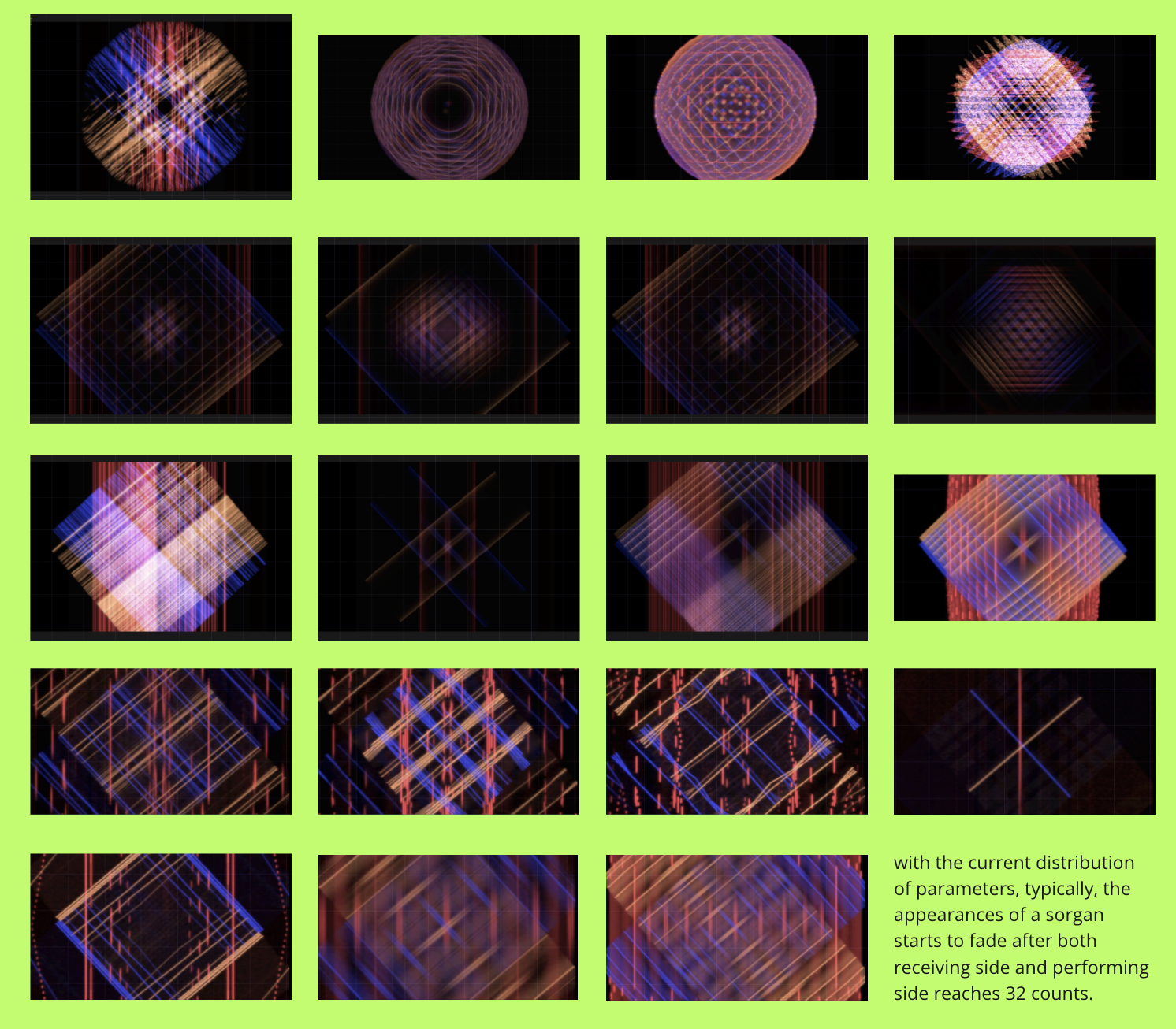
This experiment and some of the following iterations using “device as organ” also interrogate on more questions of digital/physical translations, collections, and displays.
What physical movements/manners are lost when initiating digital interactions?
How do traces of digital presences/experiences intersect/collage?
Does the overloading digital information require different bodily and sensory engagements?
What does it mean to display one’s socialness?
How do we evaluate social wellbeing in the new digital age?
more details and process image/video here:

With the various iterations of data visualizations, I was asking questions about one’s “socialness” by the health stautus of a speculative SORGAN
Experiments: from Device to Speculative Organ
But then what’s the difference between these “device organs” with the existing health-tracking technologies? These technologies that collect body data focus mostly on the quantitative qualities of health, and may have a preset design of a health visualization. This limits the true representation of the wearer’s/user’s health condition.
With a “true social organ,” there could be a feedback loop of data interpretatoins and actions as wearer can truly self-observe and adjust both physically, mentally, and more.
To read about the writing part as research for this project, please read more in my paper Speculating a Wearable Social Organ for the Technological Age
Because of the detour from numerical data collections, my later experiments shifted interest and focus to designing the behavioral “performances” as a way to explore the qualitative, therapeutic processes of self-adjusting. The interactions that we initiate to socialize with people, how could we design them into
a practice of self-observation for wellbeing?
What if the metaphorical social weight are actual weights one carries, and can attach/detach on different body parts of own’s social strategies to keep balance?
What if you could see other’s socialness when communicating? What are visible and what are invisible?
Could there be a new set of bodily engagement with new technologies as we interact with ech other? In those cases, sorgan becomes both the wearables and the processes of attach/detach-ing, weighing, displaying, and exchanging.
